7 Artworks From Artnet’s Gallery Network That Our Experts Are Loving This Week
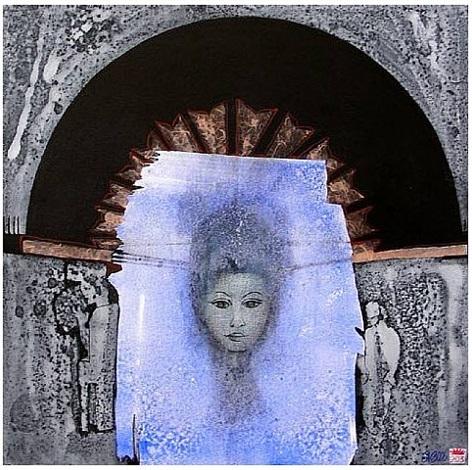

Artnet Gallery Network

Every week, we explore the thousands of galleries on the Artnet Gallery Network to highlight the spaces and artworks inspiring us right now. Take a look at our latest picks below.
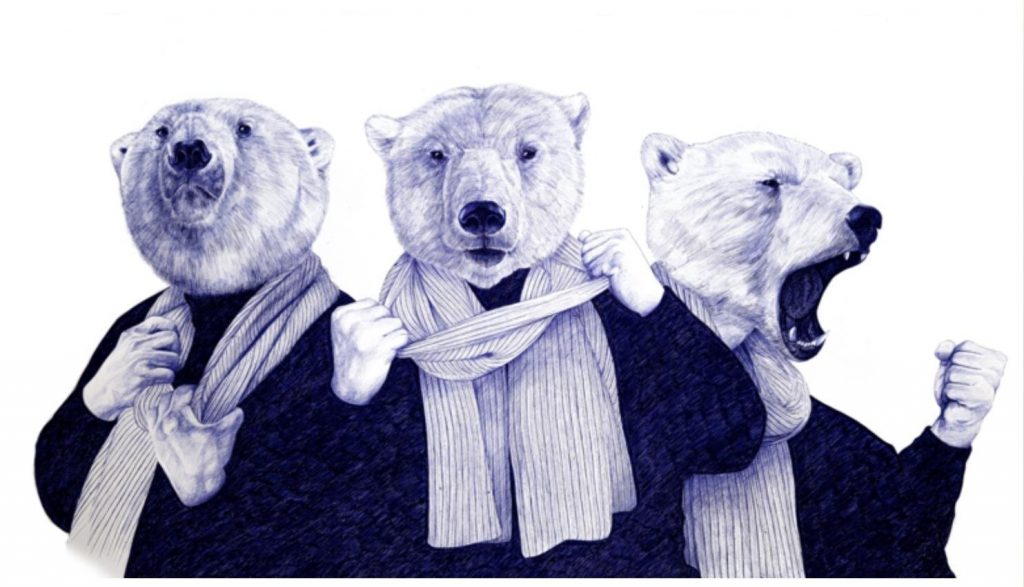
Youssef Boubekeur, Corporate Bear (2019). Courtesy of Audrey Hatchikian Gallery.
Originally a street artist working within the milieu of JR, Youssef Boubekeur has pushed the standard BIC ballpoint pen to new heights. His Hyperrealist works on paper are full of scrupulous details countered by fantastic juxtapositions of wild animal heads and clothed human bodies. This piece captures the restlessness of humans as they loosen the yoke of their winter apparel while nodding to the vulnerability of the majestic polar bear spieces. This piece serves as an apt reminder of global warming’s threat to this arctic species, projected to become extinct within our current century if sea ice continues to disappear at its current rate.
—Carson Wos
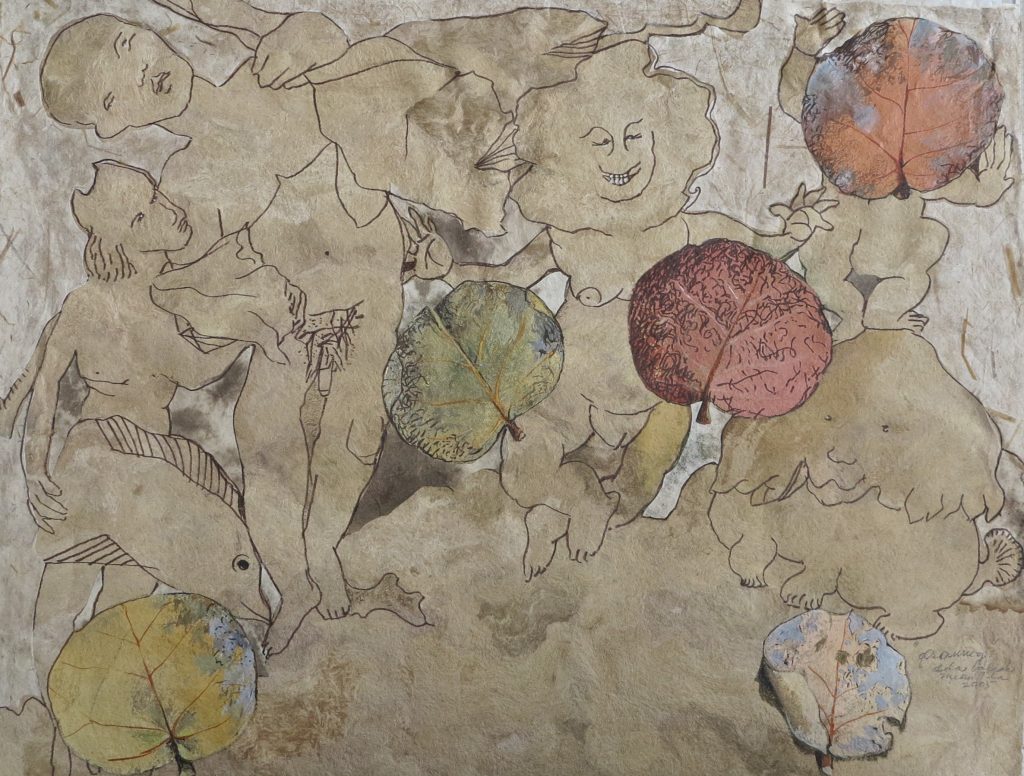
Ada Balcacer, Gerauru (2005). Courtesy of MLA Gallery.
The half-flower, half-human creature with the unnerving grin and outstretched arms first captured my attention—call it a tense welcome. Leaves in pastel shades of pink and green dance diagonally across this group of interesting characters, producing the look of both fossil and cave paintings. Artist Ada Balcacer has transported me to a fantasy world. Born in Santo Domingo in 1930, Balcacer first aimed to have a career in medicine but a horseriding accident in her adolescence led to the amputation of an arm. She moved to New York in the 1950s to pursue life as an artist.
—Cristina Cruz
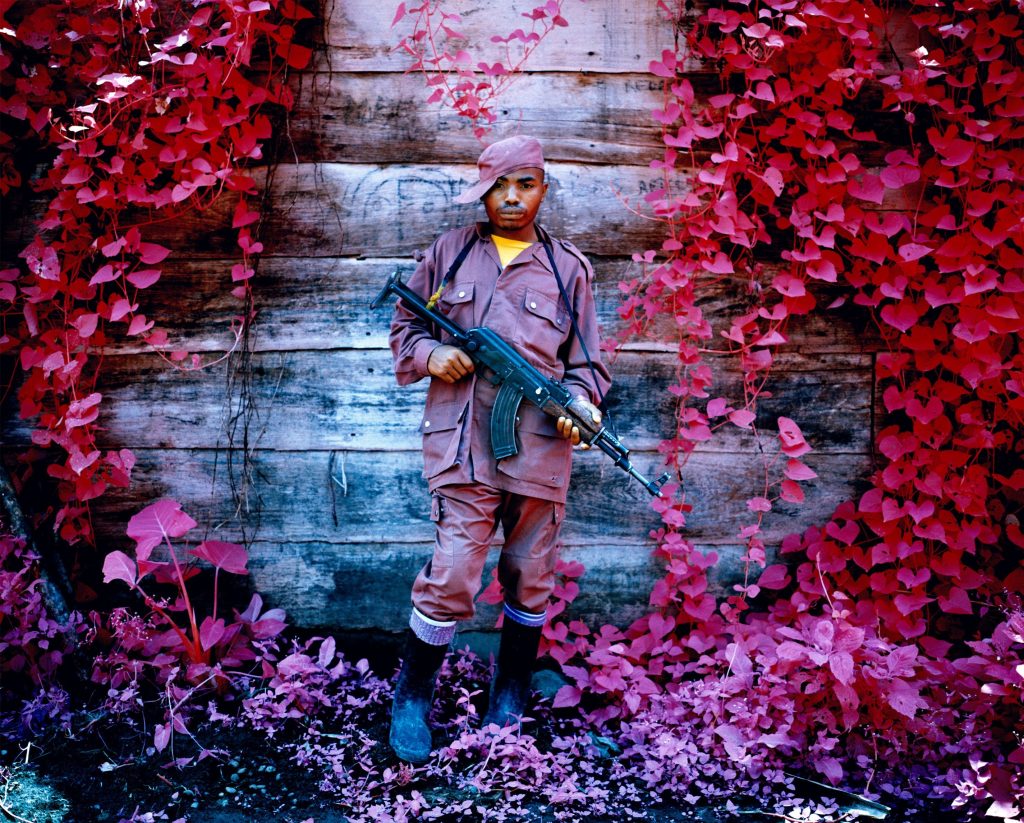
Richard Mosse, Dead Leaves and the Dirty Ground. Courtesy of Carlier | Gebauer.
In his photographic series “Infra” Richard Mosse unfolds an artistic balancing act between the sublime beauty of an image and its sinister content. Starting in 2011, Mosse accompanied military militia and rebel groups in Eastern Congo for a period of almost three years. The war-torn Democratic Republic of Congo, a former Belgian colony, has seen the deaths of an estimated 5.4 million people in a mere decade. In the portrayal of this conflict, Mosse is using a film called Kodak Aerochrome, developed in the 1940s to register the invisible spectrum of infrared light, turning green color tones into a palette of magenta nuances. Used by the US army, it was designed to detect a hidden enemy in the landscape.
Mosse’s photographic research results in beautiful and surreal-looking landscapes animated by heavily armed soldiers. Their purple-turned uniforms have an almost grotesque-appearing connotation of femininity. Knowing that rape and torture of women is a current crime committed by military and rebel forces in Congo, this adds another layer to the haunting discomfort one feels whilst contemplating of these artworks
—Elmas Senol
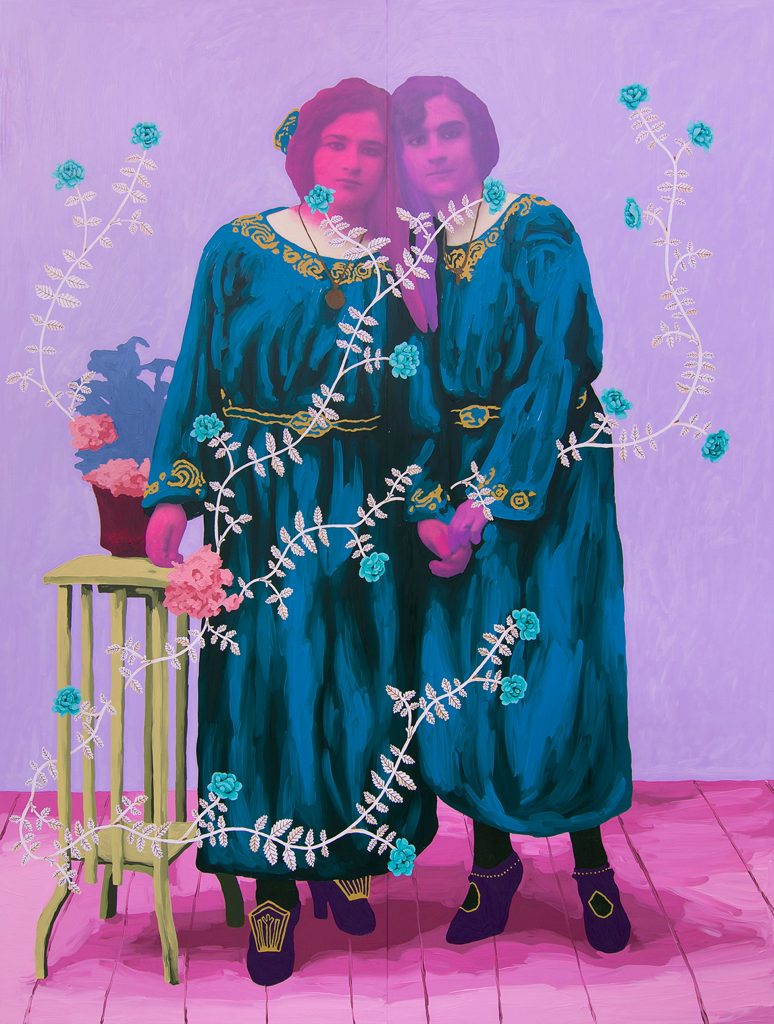
Daisy Patton, (صورت وأنا سني ١٤ سنة محمد) Untitled (2019). Courtesy of K Contemporary.
Daisy Patton’s large-scale, color-filled transformations of found vintage portraits explore the fragility of the human body and memory. Her use of bright colors and flower motifs always brings a smile to my face as I ponder the lives of her subjects.
—Gillian Ochoa
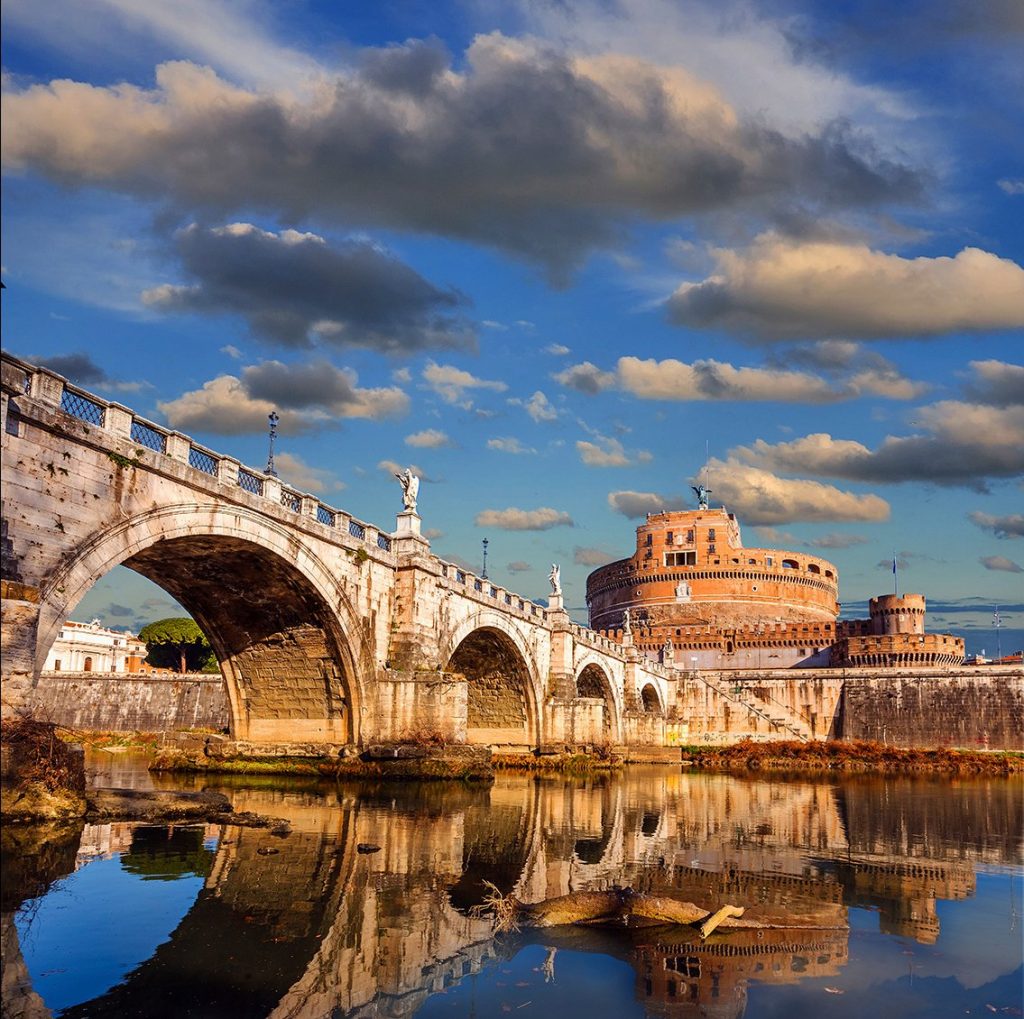
Raphaella Spence, Roma, Work in Progress. Courtesy of Louis K. Meisel Gallery.
Raphaella Spence’s paintings are incredible to behold; her paintings draw you into the scene as if you were there in person. Her work is largely influenced by Italy’s architecture and landscape, the place where she lives. Given my own fascination with the variety of Italian architectural landscapes and the stories they tell spanning over centuries, it’s impossible for me to resist falling in love with her work.
—Karin Petit
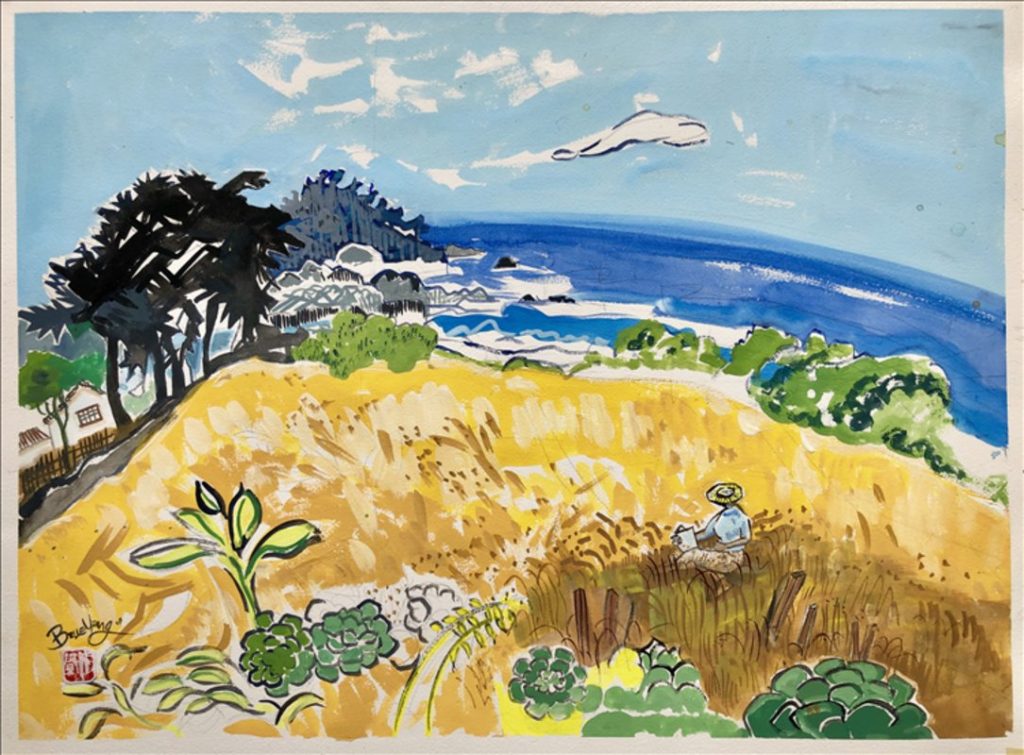
Belle Yang, Point Lobos from the Carmelite Monastery Gardens. Courtesy of Hauk Fine Art.
This work by Taiwanese-born artist, Belle Yang, is the very picture of tranquility. I imagine myself on the California coastline; I love that she’s drawn a curved horizon to accentuate the earthly beauty of the scene.
—Neha Jambhekar

David Batchelor, Colour Chart 58 (2012). Courtesy of Waddington Custot.
Scottish artist David Batchelor’s “Colour Chart” paintings are not intended to represent a 3D object. They are, instead, vehicles for pure color. I particularly like this piece with its evocative terracotta-hued oval.
—Sara Carson